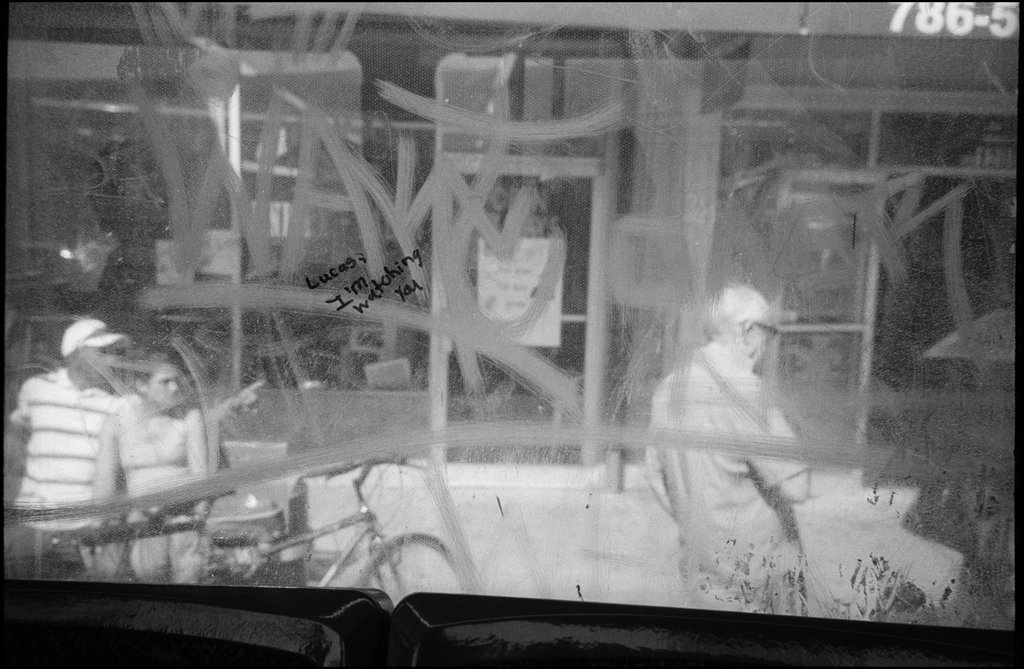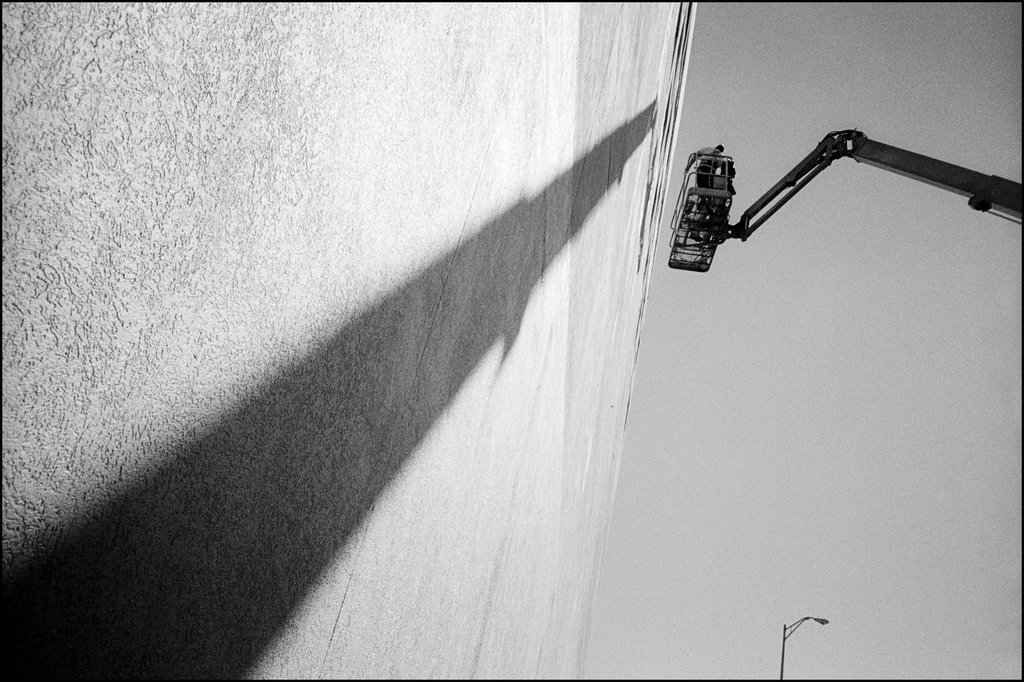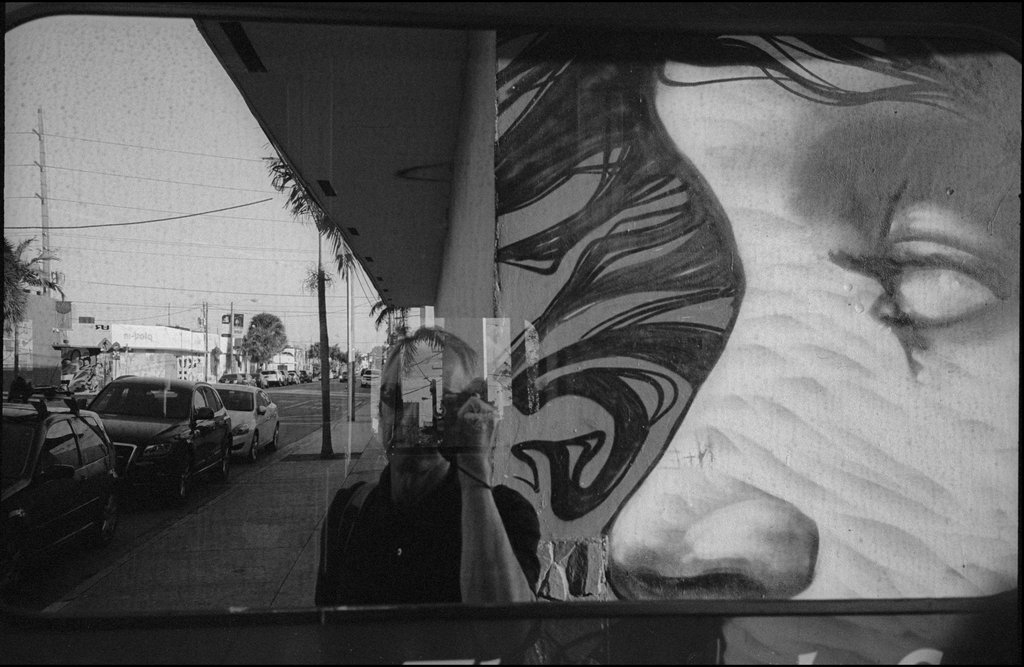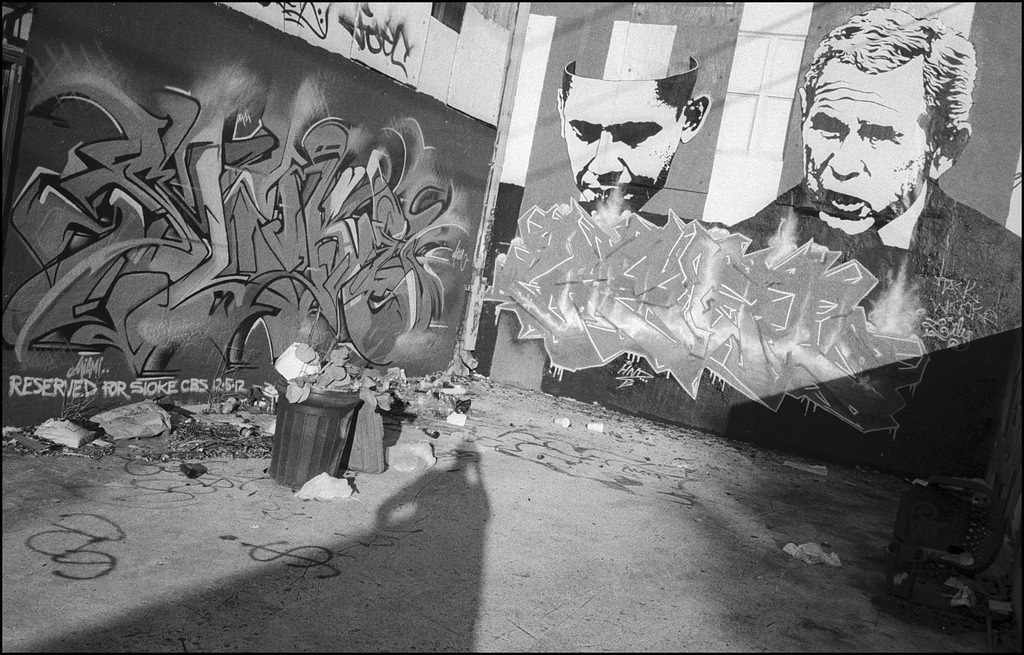This is a "quick and dirty" translation from Russian of the article I found in the old "Soviet photo" magazine, issue dated Jan 1934 with portrait of Stalin on its cover (of course, what else?):

There was a time when 35mm film was rapidly gaining popularity while older types of larger format cameras and films, still in use at the time, were slowly becoming outdated. Most of the new 35mm cameras of the period were extremely expensive and out of reach of regular soviet citizen for the obvious reasons:
- the production of 35mm Leica copies (FEDs) just started, they were not yet available for order;
- there was no free trade with abroad;
- the cameras actually were expensive;
- the salaries were very low.
- ...poet Bulat Okudjava in his teenage years before WWII imagining himself in "...black pants, white Apache shirt and "Leica" hanging from the shoulder" (see his short story "Certain failures among continuous successes");
- ...writer Ilya Ilf buying "Leica" using money borrowed from Eugene Petrov, his co-author and friend; Eugene was joking that after this he had "no money no co-author", because Ilf was busy photographing and did not have time to work and earn salary; with this camera Ilf photographed the USA in mid-30s, which resulted in their illustrated book "One-Story America", published in USSR in 1936 and known to English readers as "Little Golden America".










